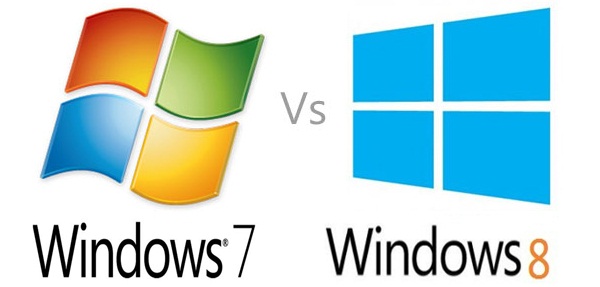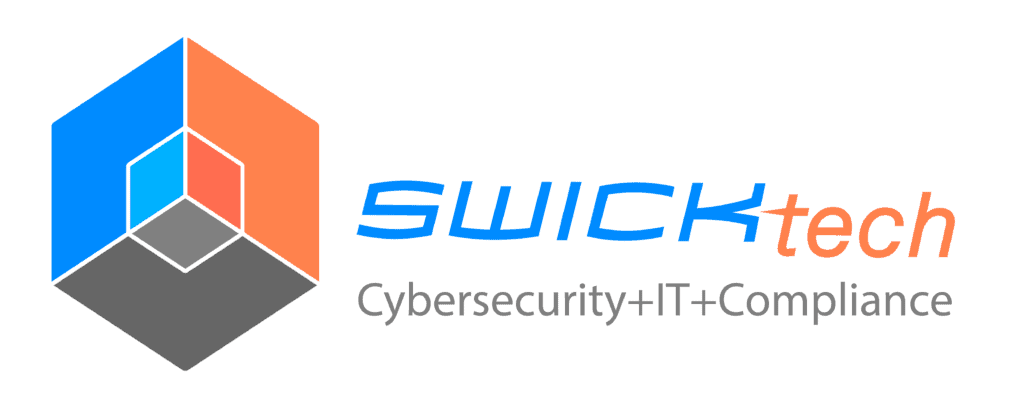
Now that Windows XP is no longer supported by Microsoft, people are debating between Windows 7 and Windows 8. You may be asking, what is the difference between the two operating systems? or which one is going to be the best for me? Here is a breakdown between the two Windows operating systems. You may find that with a better knowledge of the operating systems you will be more comfortable when making the choice between the two.
First and foremost, if you choose to upgrade your operating system from Windows XP you can expect to run into some difficulties, whether it be the way programs function or the types of programs that are available. It is important to keep in mind that the upgrading process from Windows XP to either Windows 7 or Windows 8 assumes that your computers hardware meets the requirements that are necessary for each operating system to function smoothly. It is common to discover that it is worth the investment in a new computer rather than replacing the components of the computer to meet the new requirements of the Windows 7 or Windows 8 operating system.
Right away you will see a difference in the user interfaces between Windows 7 and Windows 8. Windows 7 sports the start button that over the years we have come to expect. Windows 8 shocks us a little by getting rid of the start menu and replacing it with a menu that is similar to a smart phone’s application menu. The difference takes a little getting used to, but it certainly makes finding programs a cinch by just typing them into the search that automatically appears when you press or click on the Windows icon. Microsoft announced recently that it is bringing back the Start menu in a forthcoming update to Windows, though they did not say exactly when. The goal of the Windows 8 interface is to combine the touch screen tablet experience with the performance of a common PC. The interface banishes the double clicking and replaces it with simple clicks or taps on the screen. This interface difference becomes more of a user preference then a flaw in design or functional nuisance.
Another thing that is noticeable in Windows 8 is that many things can done in the cloud. This is a feature that Windows 7 also supports but Windows 8 takes it to a whole new level. In fact, one of the first things that Windows 8 asks you for is a Windows Live ID. You are able to create an ID when installing or enter an already existing ID that you may have used before for Skype or MSN messenger. This ID can then be used to switch from computer to computer, preserving the way you have customized your screen even, down to the desktop background and the system preferences. This enhanced feature rolls right along with the ever growing culture we are becoming used to where everything stays right at our fingertips no matter what computer, system or device we are using.
When all is said and done neither operating system has flaws large enough to sway you to either way. As it is becoming ever more common, there are many choices and many ways to accomplish the same task, it just depends on what you have become accustom to and what you are willing to learn or evolve to.



